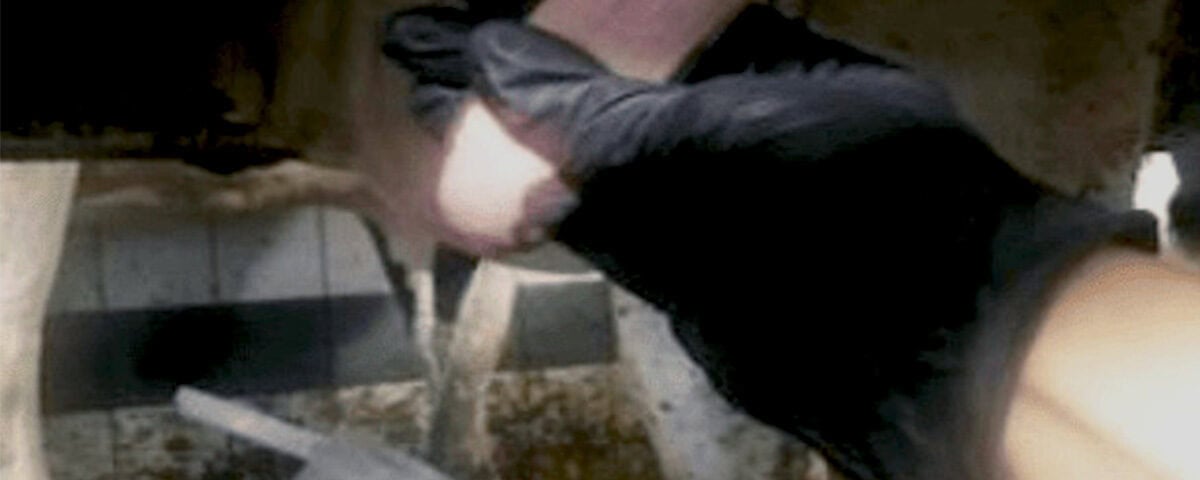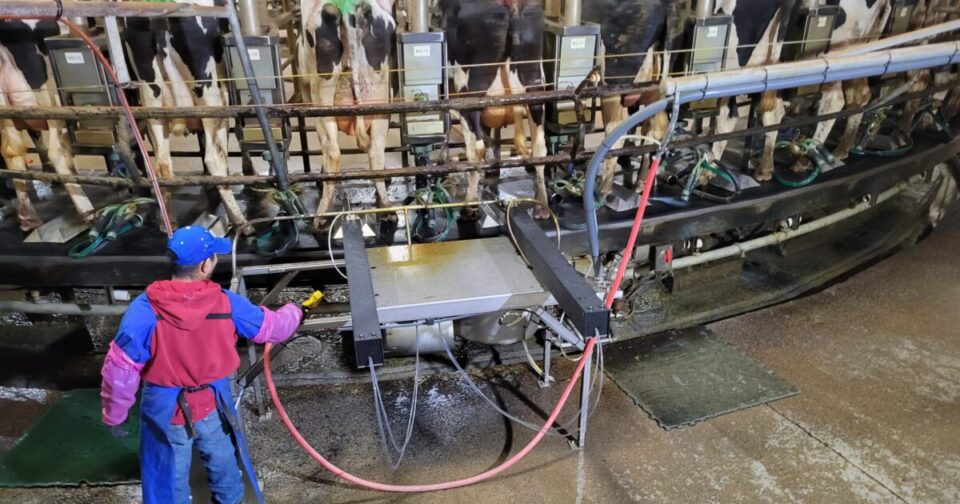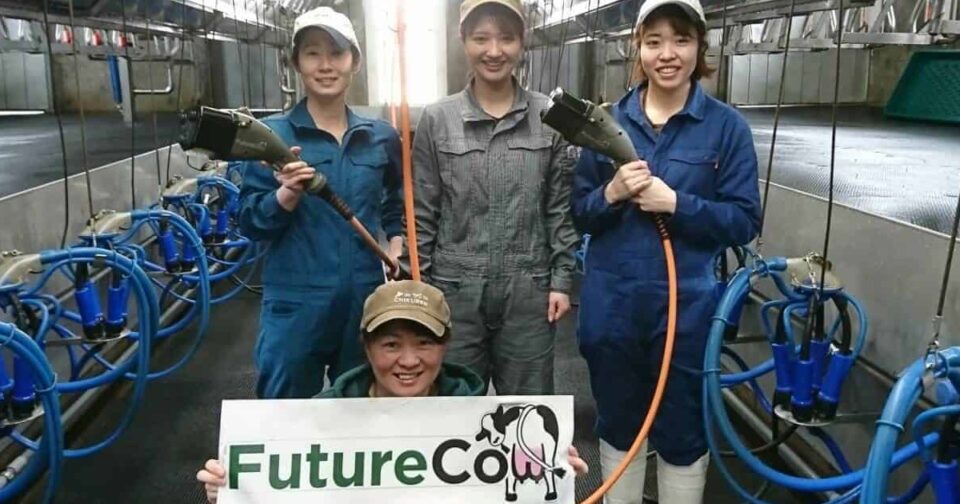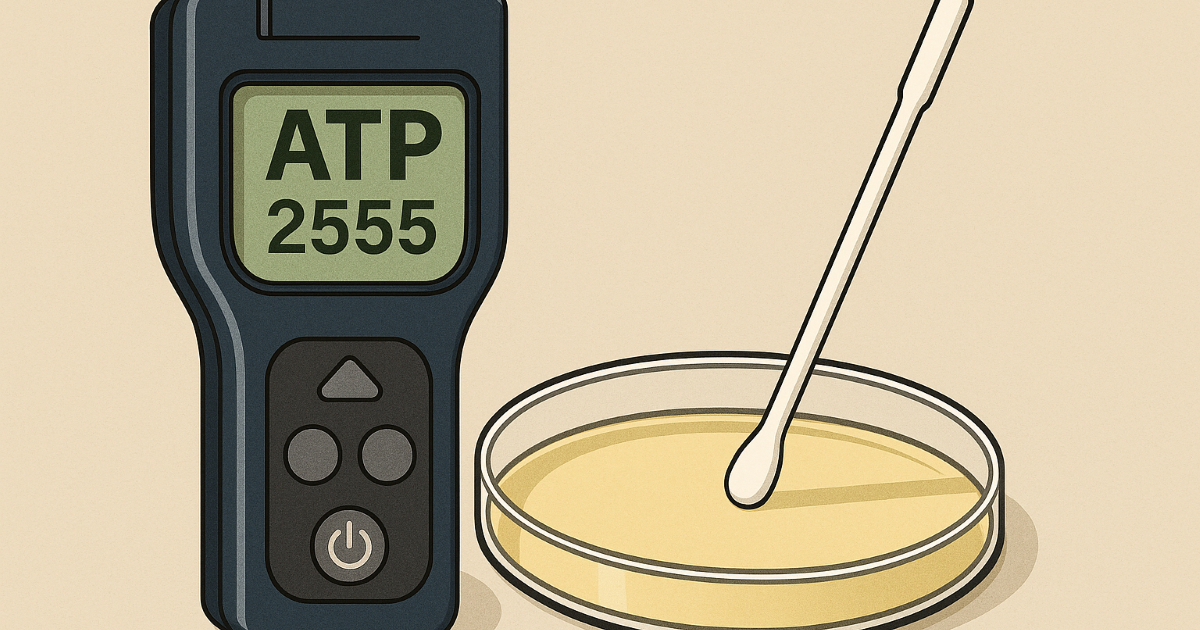
The Imperative of Upholding Milk Quality
October 12, 2023
Revolutionizing Teat End Hygiene
February 20, 2024Understanding Mycoplasma Bovis:
Behaviors, Transmission, Prevention, and Outbreak Management in Dairy Herds
Mycoplasma – What is it?
Bovis is an organism that lacks a cell wall that attaches to mucous membranes in cattle. It predominantly lives in the upper respiratory tract in bovine and can spread to other parts of the body via the blood stream. It can affect joints, lungs, udder health and other parts with other symptoms in the body. The shedding of M. Bovis is not constant, making it undetectable on certain occasions. Shedding is typically induced by a stressful event, and it is primarily identified through milk sampling initially, which serves as the first sign of its presence in lactating cows. In heifers, severe health incidents often serve as indicators of its existence. Milk from M. Bovis positive cows or individual quarters may not necessarily even show signs of clinical mastitis, even going as far as showing up in fresh heifers or cows with no immediate health issues with perfectly formed udders and quarters. However, it is possible for certain quarters that are positive to be visually seen as low producing, blind or even watery (non-septic) quarters.
Spread
The contagious transfer of M. Bovis from animal to animal has been proven to happen at all stages of an animal’s life and the risk is amplified during stressor events along with bug load concentrations. Transfer from animal to animal can happen via nose-to-nose contact, failed waste milk pasteurization protocols, water troughs, aerosolized in humid and damp conditions, poor cow housing hygiene, and poor parlor hygiene and or poor parlor protocols. Cross sucking in heifer programs or even cross sucking in lactating herds have been noted to be culprits in the spread and infection of M. Bovis in dairy herds along with Staph Aureus. As noted above, milk from M. Bovis positive cows or quarters may not necessarily show signs of clinical mastitis.
Prevention
Preventing M. Bovis has been proven effective through the maintenance of hygienic dairy facilities and the provision of optimal conditions for the success of heifers or cows. Key elements for success include ensuring excellent nutrition, implementing a robust vaccine program, providing suitable housing, and adhering to hygienic parlor routines. It’s important to note that standard penicillin or ampicillins are ineffective in treating M. Bovis-positive cattle. Therefore, prevention and continuous management are the only viable approaches. Chlorine dioxide sanitizers are capable of instantly eliminating M. Bovis upon contact in infected facilities or on surfaces. In rare instances, Chlorine Dioxide has been used to fog contaminated facilities experiencing outbreaks.
Continuous assessment and consideration of parlor protocols and hygienic practices are imperative. Transmission of M. Bovis from one cow to another can occur through milker technician hands during the fore-stripping process or any step in the milking routine. Additionally, transmission can happen through milking units and liners that are not properly backflushed between cow lines using chlorine dioxide or a similar sanitizing agent. Despite the use of various brands or disinfectants in teat scrubbers, it has been emphasized by multiple dairy industry veterinarians and professionals that these will not facilitate the transfer of M. Bovis from one cow to another. However, the risk associated with teat scrubbing systems primarily arises from the use of incorrect chemical compositions, often unknown to the producer. Regular on-farm chemical checks and balances are necessary, both in favorable and challenging times, to uphold the health of the herd.
Outbreak Management in Lactating Cows
- During outbreaks of M. Bovis, proper identification, and segregation and possible culling of these individual cows is imperative. Culturing of bulk tanks, then individual cows, and then permanent segregation or culling is the absolute key.
- Drop hose sanitizers – if there is no sanitizer in a dairy’s parlor drop hoses and solely water is used, the water will act as a catalyst in spreading M. Bovis. Think of M. Bovis as invisible glue or invisible tape that is spread and grown with water and is best killed with chlorine dioxide.
Once (M. Bovis) infiltrates a herd, it has the capability to remain inactive and undetected for extended periods, spanning months or even years. Continual surveillance of bulk tanks and newly introduced animals within the herd is a crucial strategy to ensure that a dairy farm remains proactive in addressing this issue and intercepts it before it escalates.




